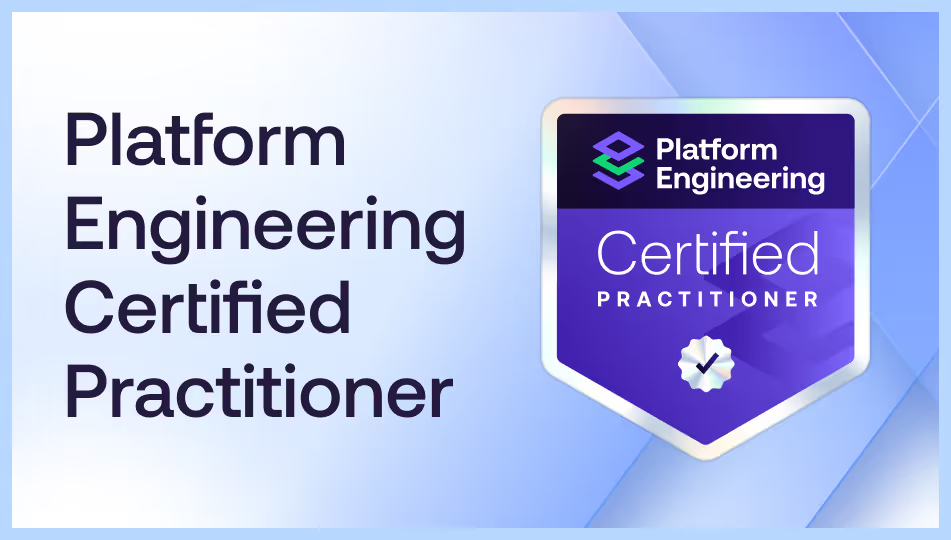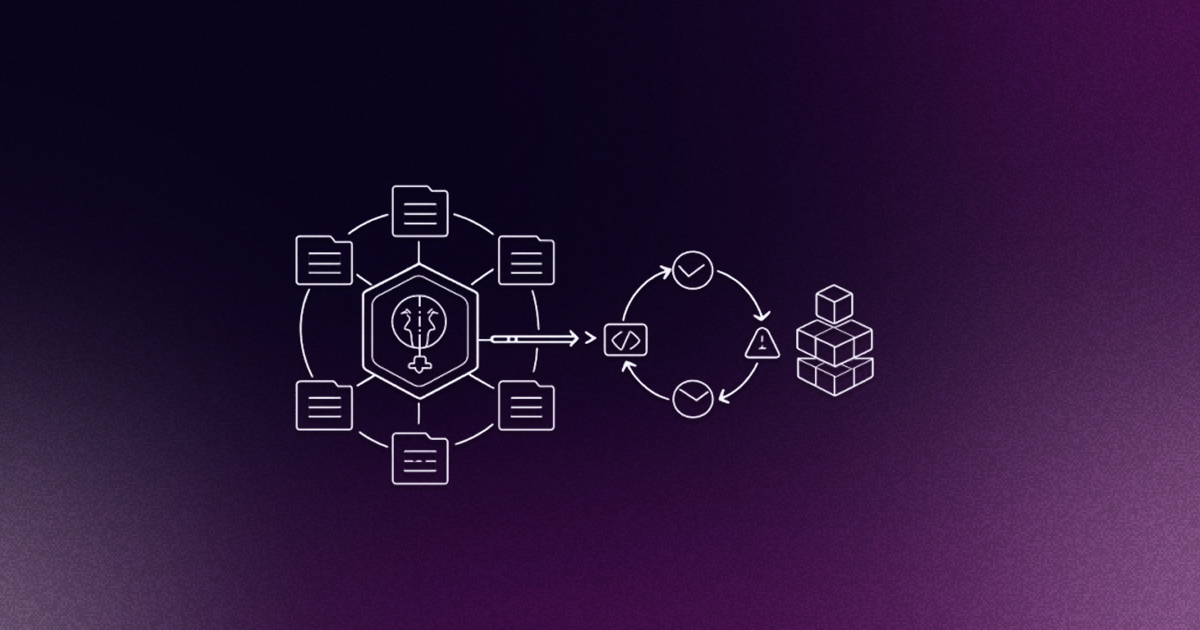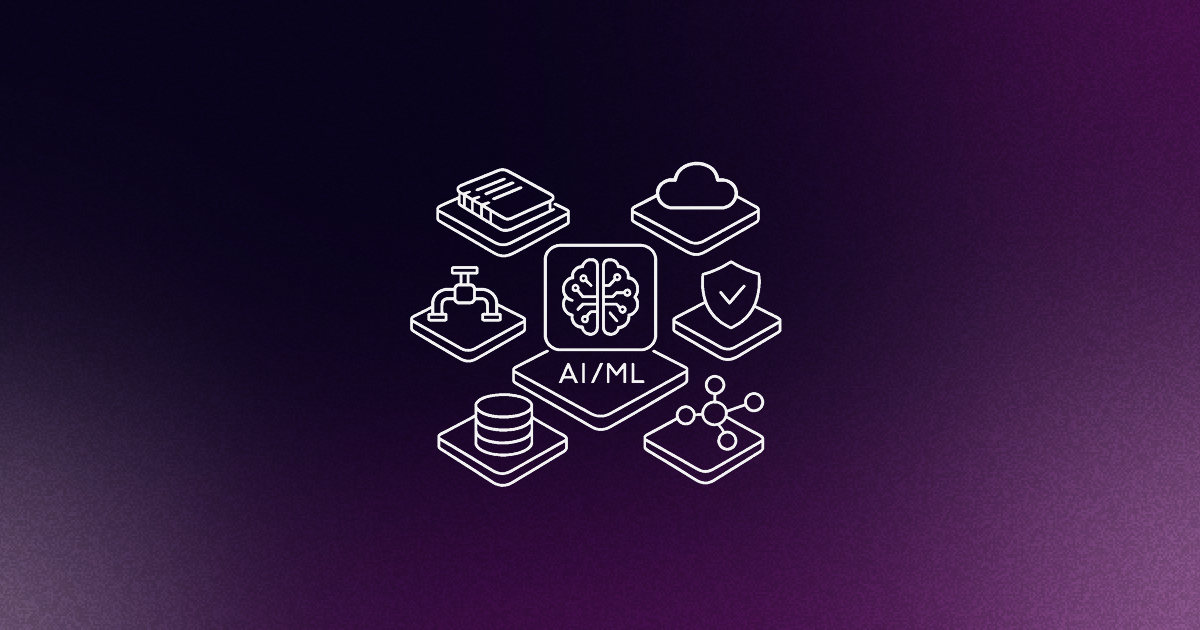That’s a wrap for PlatformCon 2023 and wowsers, what an event it was. We’ve only just come back down to earth after two phenomenal days of inspiring talks courtesy of the industry’s best and brightest thought leaders. Since we’re still riding the PlatformCon high, we thought we’d share some of the juiciest highlights. Let’s kick off by taking a quick peek at the evolution of PlatformCon and the platform engineering community in numbers.
Platform engineering enjoys huge growth
The first PlatformCon event in June 2022 attracted more than 7k attendees, a time when the Platform Engineering YouTube channel had 50 subscribers, and the Platform Engineering Slack channel was home to 4k+ members.

Fast forward to today and we see a very different picture. PlatformCon 2023 drew in a record-blasting 22k+ attendees, the Platform Engineering YouTube channel grew to 12k+ subscribers, while the Platform Engineering Slack channel stands at 14k members. Nuts hey?

When we zoom in on PlatformCon, we see a similar story in terms of numbers. Back in 2022 PlatformCon was supported by 15 sponsors and received 105 talk submissions, resulting in 78 talks. This year the event had 27 sponsors, 514 talk submissions and an unbelievable 169 talks across five new conference tracks.
Insights on tried and tested blueprints
Blueprints was one such conference track that churned out some groundbreaking talks. Thought leaders got a chance to share tried and true platform blueprints and reference architectures. We also discovered many key design considerations, and tips on how to effectively combine tools for a developer platform.
Simplifying platform design with a reference architecture
For example, McKinsey’s Digital Expert Associate Partner Stephan Schneider teamed up with Senior DevOps Engineer Mike Gatto to present their talk “Platform as Code: Simplifying developer platform design with reference architectures”. They stressed how reducing the cognitive and operational load on software developers is key to increasing product innovation and velocity. And to achieve this, tech leaders must standardize their engineering approach to enable developer self-service, drive adoption of industry best practices, and reduce shadow operation antipatterns.
Stephan walked us through the cloud-native reference architecture McKinsey has created for Internal Developer Platforms (IDPs) based on AWS, after which Mike explained how following this can improve DevEx and the health of an organization's tech stack. He concluded that improving DevEx and productivity at scale however, requires more than just technology, and revealed his four key pillars to ensure success.

Reference architectures were also a point of focus for Marco Marulli, Principal Delivery Lead II from McKinsey in his talk “Streamlining developer platform design with reference architectures”. This time we learned how to use a reference architecture on GCP, to deploy an MVP developer platform in just one day.
Shield complexity, drive productivity
Another highlight was listening to Cloud Strategy author Gregor Hohpe discuss how to “Build abstractions, not illusions”. He debated that although today’s tech is amazing, it can also be complex. In his opinion, it’s only natural that the platforms we build strive to shield that complexity in order to drive productivity, limit mistakes, and lower cognitive load. Gregor reflected on his two decades' worth of experience building complex distributed systems, highlighting where abstractions helped and where illusions led to major disappointments.

How to build and design scalable, sustainable golden paths
In the same track Humanitec’s CEO Kaspar von Grünberg dug into why engineers should “Build golden paths for day 50, not for day 1!” Kaspar discussed how when most people create golden paths, they think about the simple scaffolding use case of a new service or resource. He emphasized the resulting risk of leaving out the remaining 99% of golden paths that can and should be designed for developers, to drive standardization of config management for the app as well as the infrastructure. Kaspar walked us through the logic of how to build and design scalable, sustainable golden paths across the entire life cycle of an application, to help both developers and platform engineers, by thinking of every release as day 0—and a chance to “clean up” and reduce technical debt.

Discovering the cultural aspects of platform engineering
Along with the Blueprint track, Impact was another track that gave us much food for thought. OpenCredo’s CEO & CTO Nicki Watt’s talk “Why is it so hard to create a great Platform-as-a-Product?” was particularly on point. She acknowledged that many engineers know they should be applying product thinking and treating the platform as a product when embarking on a new platform initiative. But also that this is something which seems much harder in practice than in theory. Nicki delved into some of the reasons behind this, what the most common stumbling blocks are, and what can be done to counteract the challenges.
Calling out the DevOps flaim bait
From the same track we also loved “The future of Ops is platform engineering” where Honeycomb CTO Charity Majors called out the flame bait claiming how platform engineering means "DevOps is dead”. All stuff and nonsense, according to Charity. She argued that platform engineering is actually the result of fully committing to the idea that software engineers should own their code in production. Charity hammered home that it's more about the future convergence of developers and Ops where every engineer writes code and owns what they write.

Key impact learnings to drive business value
Addressing the many cultural aspects of platform engineering goes hand-in-hand with understanding the value of platform engineering. The track Impact addressed this and made its PlatformCon debut this year, aimed at business leaders who want to learn more about the impact of platform engineering. The new track is also aimed at platform engineers and product owners who want to gain a better understanding of how to communicate the value of platform engineering to C-level.
Platform story maps that secure exec buy-in
Exemplifying this in his talk “How to communicate the business value of platform engineering” was Gartner’s VP Analyst, DevOps and Software Engineer Manju Bath. Manu explored how platform engineering initiatives can suffer due to a lack of business buy-in or inadequate executive sponsorship. He equipped us with value stories that clearly showcased how platform engineering can help accelerate business outcomes. Manju also discussed how to assess and overcome key stakeholder concerns and build a value story to map value enablers to stakeholder impact. By supporting the value story through outcome metrics, we learned how to balance trade-offs and achieve real value realization, while communicating the “why” to incent mindset shifts.

Manju wrapped up by walking us through an ecosystem of composable platforms, and his recommended three value pillars for platform team success consisting of time to value, resilience, and governance.
Stories based on real-life enterprise use cases
Stories was another track that left us reeling with inspiration. We thoroughly enjoyed listening to the many platform engineering pros who shared their journey into building platforms for real-life enterprise use cases, from initial steps to build, to rolling out across the engineering organization.
Rohan Kapoor, Product Manager at Adobe is one such practitioner who revealed how they built an Internal Developer Platform (IDP) at Adobe for over 5000 developers. His talk “Adobe's journey into building an Internal Developer Platform” discussed current challenges and insights on how they measure productivity. Attendees got the lowdown on one of Adobe’s recently launched CI/CD products, now an integral part of their IDP. Rohan took his audience back to the start of Adobe’s Cloud-Native journey in 2015, through to their expansion where they now have an average of 3+ million containers and 200+ multi-tenant clusters deployed daily across multiple regions and geos. He explained how all this is made possible with Adobe's Cloud Platform Ethos which provides high resiliency, reliability, and robust CI/CD capabilities. Adobe is also going through a massive project of modernizing its Kubernetes (K8s) cluster fleet which will lead to even greater resiliency and considerable cost savings each year.
SRE vs platform engineering
More platform engineering benefits were revealed by Electrolux SRE Product Owner Kristina Kondrashevich and SRE Manager Gang Luo. During their talk “Why we skipped SRE and switched to platform engineering”, the pair covered a multitude of developer pain points their team was experiencing from needing new clusters to applying Terraform changes, to provisioning infrastructure for their services. Kristina and Gang discussed how they built their internal platform with integration to their Cloud and various toolchains, and the importance of embedding SRE principles. Today, Electrolux developers can push code from day one with minimum knowledge of infrastructure. The switch from SRE to platform engineering has ultimately helped Electrolux reduce complexity, cut delivery time, and strengthen security and governance.
Overcoming key institutional and cultural challenges
The talk “A Lawyer and an Engineer walk into a bar and talk Open Source” continued the theme of transformation, by Senior Director of Engineering Ravi Devineni and Assistant General Counsel Shantanu Singh of the Northwestern Mutual Life Insurance Company. We were taken on the journey of a 160-year-old Financial Services company that ventured into the open-source wilderness. Ravi and Shantanu discussed the several security, ethical, legal, and compliance implications that created hurdles as well as opportunities for collaboration between engineers and lawyers. We learned how they pushed through institutional and cultural challenges relating to how things have always worked in the past. A transformation developed through education, collaboration, and critical thinking to modernize their company mindset on building and using open-source technology.
Making time for platform initiatives
While we learned a great deal about the challenges addressed by platform engineering through real life use cases, our final talk highlight also tackled the platform transition process. “Building the Perfect platform™ in the midst of Everything Else™” by Mathieu Frenette, Director of DevOps at nesto. During his enthralling session, Mathieu took us behind the scenes to a small DevOps team bogged down by unplanned work, access restrictions, new infrastructure to provision, and manual processes. He discussed how his team was making the time to build their ideal platform to address these challenges and pay off their technical debt. We learned about the building of their MVP, their design process, and their strategy for a smooth, progressive transition.
Amplifying the importance of platform engineering
PlatformCon 2023 provided a stage for some of the industry’s most prominent thought leaders to share their insights on trending platform engineering topics. We listened to a huge variety of talks covering many key trends, from how to communicate the value of an IDP to platform product management best practices, to using a reference architecture to build your platform. In just two days the Platform Engineering YouTube channel got 50,000 views, testimony to the relevance and importance of platform engineering in the world of software development.
There may be no escaping the post-PlatformCon 2023 blues. But sharing the love and focusing on making the next event even better sure does help. In the meantime, on behalf of all of us at platformengineering.org we’d like to thank everyone who attended, talked, and helped organize the hottest platform engineering event of the season. We also want to remind you that there are a TON more practitioner talks worth watching in addition to the ones we’ve mentioned. Find them all over on the Platform Engineering YouTube channel, and happy watching!











